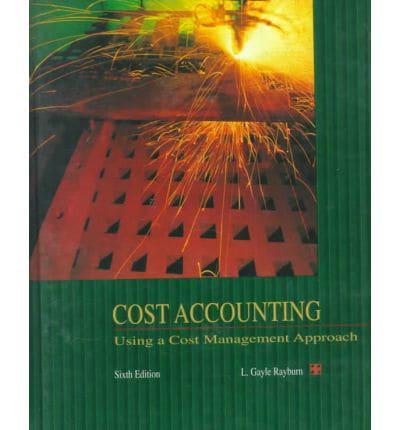The president of Oliphant Company has approached you for assistance in developing factory overhead application rates. Oliphant
Question:
The president of Oliphant Company has approached you for assistance in developing factory overhead application rates. Oliphant Company has been distributing actual factory overhead at the end of each month on the basis of direct labor-hours.
As a result, the hourly rate varies considerably and is of limited use in estimating prices for bidding purposes. Management believes that it is especially important to change methods before introducing a new product line.
Management and the cost accountant cannot agree on what capacity should be selected for applying factory overhead. However, they do all agree that machine-hours would be a better basis than direct labor-hours since 10 new machines have been purchased recently to highly automate the factory. Each machine costs $40,000 and is expected to produce 12 completed units per hour. Because of rapid technology in the field, the machines have an expected life of eight years at which time their salvage value is forecasted to equal the dismantling cost. Depreciation will be computed using the straight-line method. Based on engineering studies, practical capacity for each machine for each year is 2,200 hours.
The marketing department does not believe that it can sell enough the first year to allow each machine to operate at 2,200 hours. They believe that only 216,000 units can be sold the first year, with an average of 252,000 units in later years. The cost accountant believes that this average of 252,000 units should be used as normal capacity; however, the marketing manager disagrees, believing expected actual capacity of 216,000 units should be used instead.
On the other hand, the president believes practical capacity should be the basis.
Estimated factory overhead is: variable costs—$5 per machine-hour; fixed costs excluding depreciation—$ 64,300 per year.
Required:
a. Calculate fixed and variable factory overhead rates per machine-hour on a practical, normal, and expected actual basis. Round to two decimal places.
b. Assuming that 216,000 units are produced next year and each machine produces 12 units per hour, determine the factory overhead applied and the volume variance under each of the three bases used in Requirement a.
c. Based on your findings, which basis would you advise the company to use? Explain your answer by discussing the advantages and disadvantages of the methods available.
Step by Step Answer:

Cost Accounting Using A Cost Management Approach
ISBN: 9780256174809
6th Edition
Authors: Letricia Gayle Rayburn, Martin K. Gay





